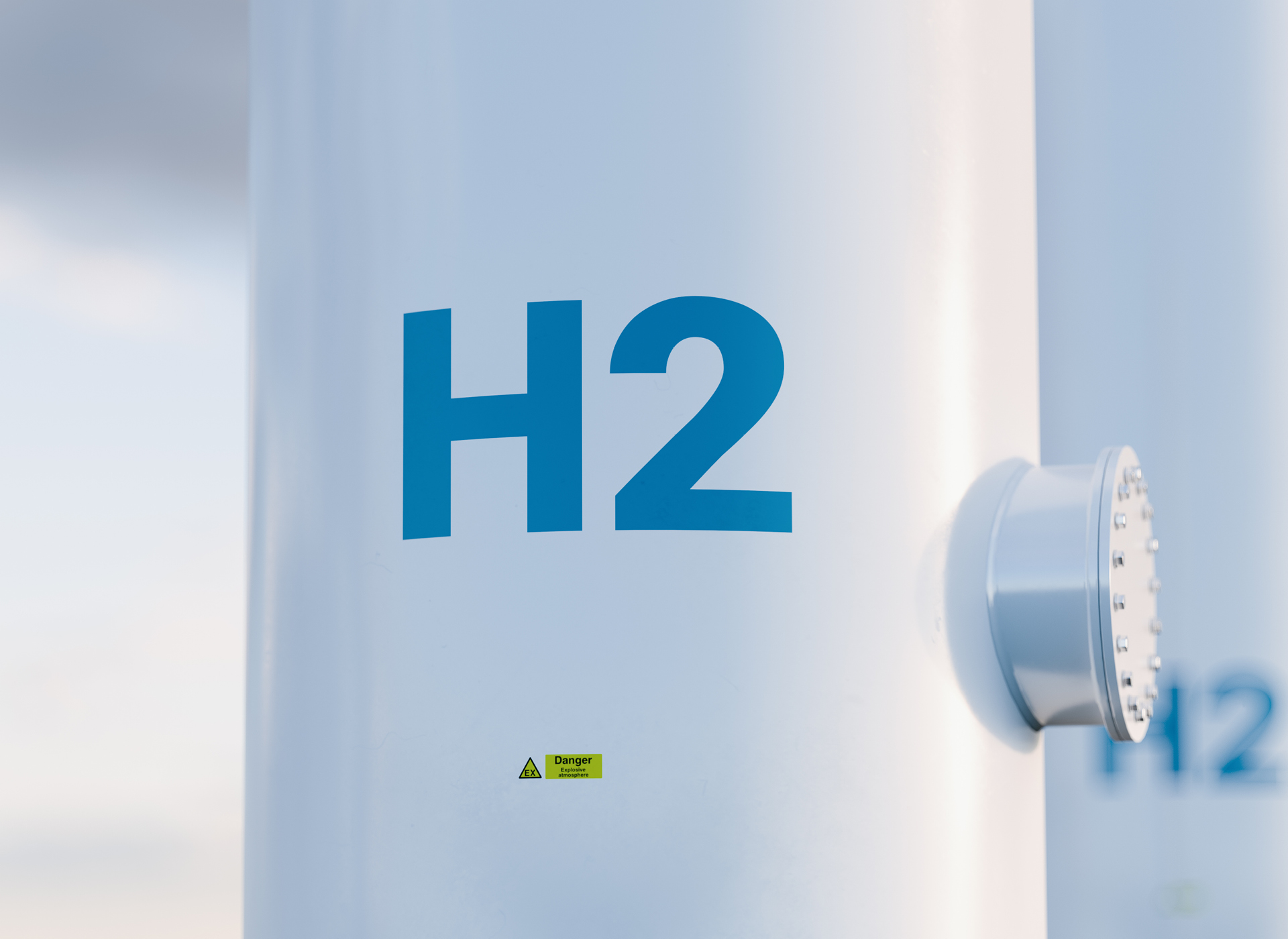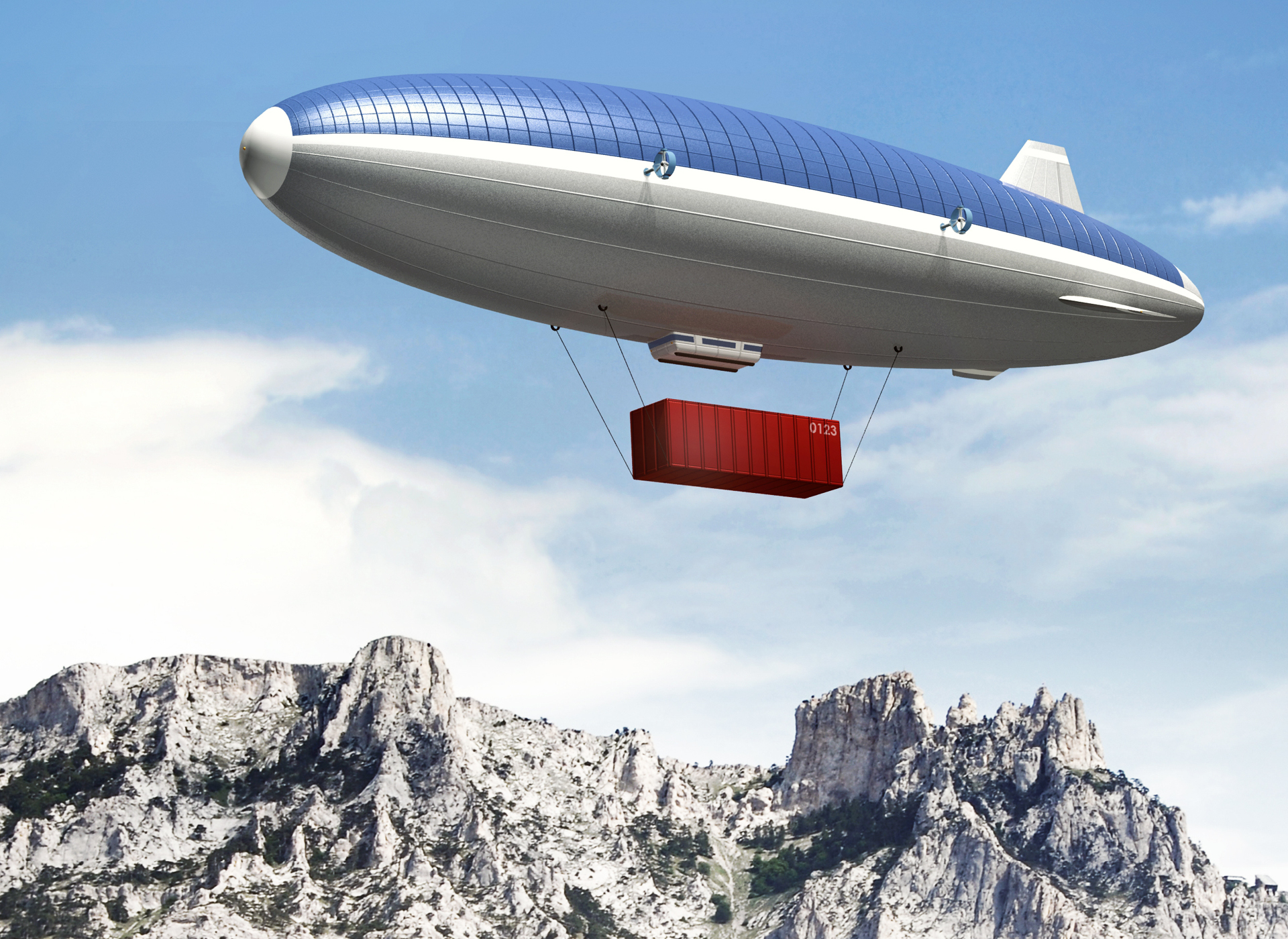At Transped, we closely follow all the transport sector trends with a clear goal: zero CO2 emissions by 2030. Here are some of the most promising developments that can revolutionize logistics and contribute to a more sustainable and respectful future for our planet.
The environmental commitment in the logistics sector is a reality. 81% of companies today focus more on sustainability strategies than three years ago, and experience has shown that these policies lead to monetary gains and generate significant returns on investments.
Green hydrogen
More than 70% of all goods are transported by sea. In recent years shipping companies have adopted various measures to reduce CO2 emissions, sulfur and other harmful gases. (Also see: https://www.transped.com/por-una-logistica-sostenible/) However, to decarbonize the entire maritime sector, there is still a long way to go. To achieve this, green hydrogen can be the best ally. What is green hydrogen? It is a clean-burning fuel that eliminates emissions by using renewable energy to electrolyze water. If the electricity comes from renewable sources, then the hydrogen is effectively green. All over the world, various projects are under development to convert hydrogen into a viable alternative as a fuel for maritime transport.
Green hydrogen does not emit polluting gases either during its use as an alternative fuel or during the production process.

Pioneering sustainable projects
The Norwegian company Ulstein Group, dedicated to ship design since 1917, is one of the forerunners in the development of sustainable solutions for maritime transport. Its new Ulstein SX190 project uses hydrogen technology that allows a ship to operate in “zero emissions” mode for up to five days, eliminating all CO2 emissions. It is the first step towards a totally sustainable maritime transport industry. Another project aspiring to be a “true zero” alternative is Windship Technologies’ bulk carrier design that incorporates large solar panels, a diesel-electric propulsion system and weather routing software.
Another groundbreaking project worth mentioning is that company Flying Whales has developed prototypes of airships capable of transporting goods of up to 60 metric tons at a height of 3,000 meters to access the inaccessible. The airships have no environmental impact on land and do not need infrastructure construction to load or unload the goods. Sébastien Bougon, CEO of Flying Whales, says that the hybrid propulsion system (eventually completely electric) and a payload capacity in terms of tonnage and volume will accelerate the green revolution.

Air transport faces an unprecedented challenge to reduce CO2 emissions.
Air transport is also looking for sustainable alternatives for its operations. Today, the option of using battery-powered or hybrid-powered aircraft is not a real solution. With this in mind, aircraft manufacturers choose to invest in state-of-the-art technologies to design a new generation of aircraft capable of reducing kerosene consumption and searching for new sustainable fuels. The company Velocys, together with British Airways, will build a recycling plant for household waste to then convert it into gasoline for their planes. According to the company, this type of fuel would be capable of reducing CO2 emissions by 70%.
We are witnessing a change in consciousness about the importance of protecting our environment and conserving it for future generations. The transport sector assumes its responsibility and invests in innovations to further worldwide economic development.

